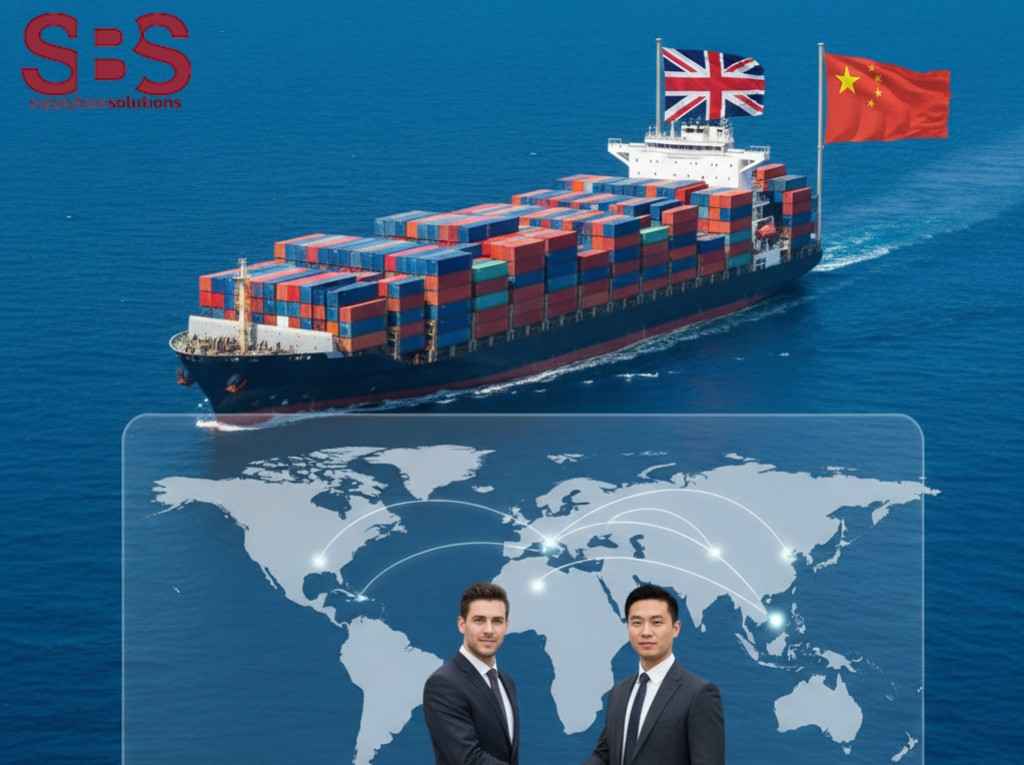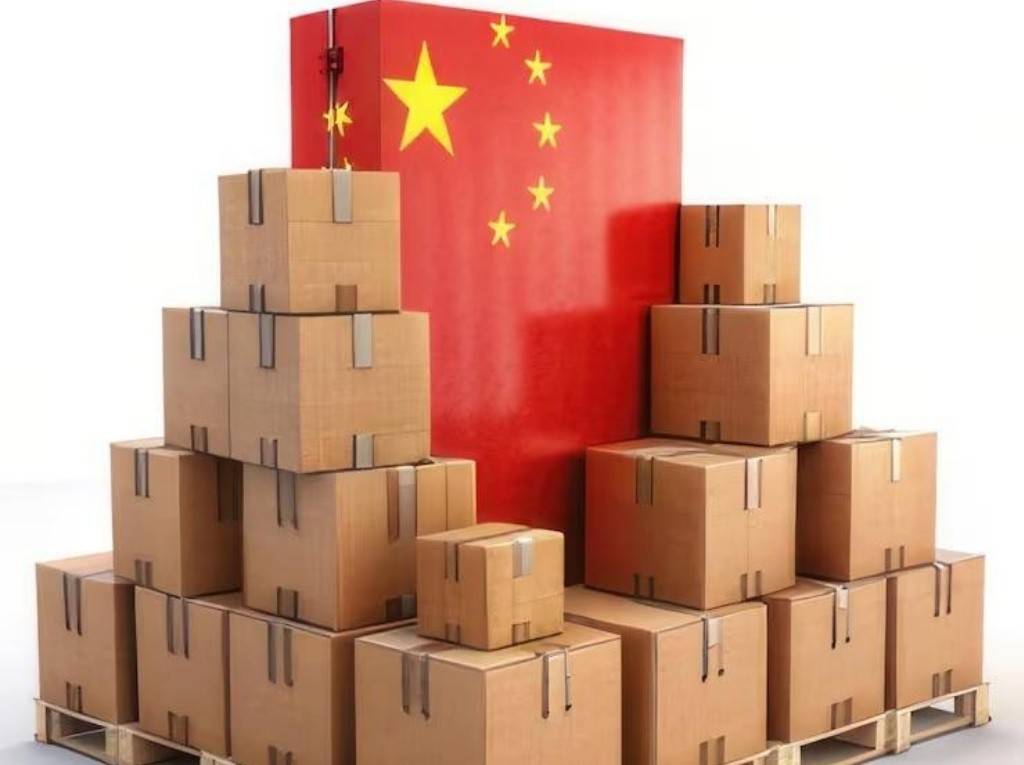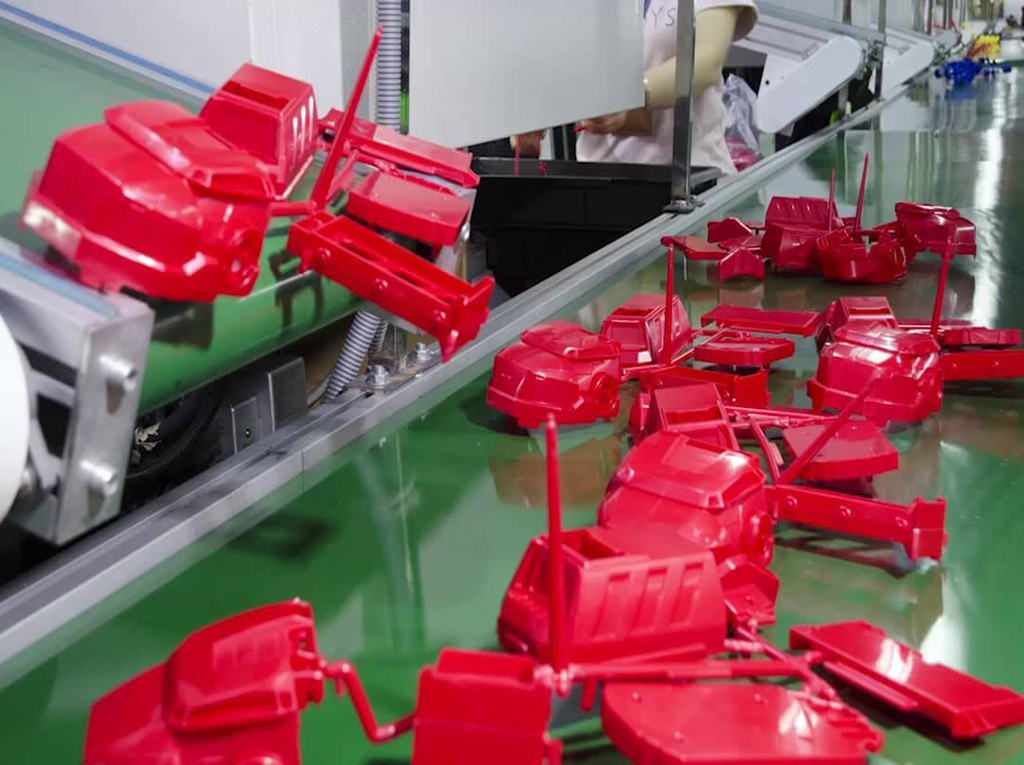August 2, 2025
A Step By Step Guide To Finding The Right Supplier In China
Summary: To find the right supplier in China, begin by clearly defining your product requirements, researching manufacturers through direct sourcing channels, and verifying each supplier’s legitimacy. This guide explains where to buy bulk items from China, how to evaluate supplier quality, and the best way to build reliable, long-term supply base solutions without relying on branded platforms. Whether you’re new to importing or scaling an existing business, this article offers a practical, proven roadmap for sourcing success.
If you are Scaling your Existing Business or Launching a New Product Your Employment Is Based On Your Business Model Supply base solutions – are critical considerations, especially when you are sourcing from abroad. Out of all global sourcing hubs, finding supplier in China can still be one of the strongest and cost-efficient strategies. However, this approach requires more than just a click on a listing. Achieving success in the sourcing process for quality, reliability, and long-term strategic partnerships requires a strong and structured approach.
In this article, I will give you a deep understanding on how to find the right supplier in China, what and how you can buy bulk items from China, and share with you the best way to find a supplier for your business that matches your needs.
Importance of Supply Base Solutions in Cross-Border Sourcing
Every product-oriented business depends on an organized supply base to operate efficiently and grow sustainably.Supply base solutions focus on locating and maintaining a network of suppliers that offer consistency in quality and a reasonable price in production. With regards to Chinese sourcing, this approach is even more important because of the distance, cultural differences, and overwhelming number of choices.
Let us troubleshoot your concerns about: “Where can I purchase bulk goods from China?” or “How can I locate a supplier?” These questions are all answered with a solid supply base strategy. Failing to do so would mean facing challenges on product shortages, quality concerns, and unexpected costs.
Step 1: Define Your Sourcing Needs
Sourcing suppliers in China becomes a lot easier with a precise delineation of what you are looking for because that is the most crucial step. Many product sourcing challenges arise from poorly defined parameters and lack of clear instructions.
Consider the following questions:
- Which product or part do I want?
- What materials should it be made from?
- Are there industry certifications or standards I need to meet?
- What is my monthly or yearly order volume?
- What’s my ideal cost per unit?
When you provide this information first, the likelihood that this is what the suppliers are looking for increases substantially. This gives you the groundwork for discussion while eliminating those suppliers who rush the estimate without sufficient consideration to what you really want.
Step 2: Knowing How to Locate Supplier in China Without Brand Platforms
When inquiring, “Where can I purchase items in bulk from china?” the usual answer features popular online categorized lists and trade fairs. You don’t have to depend on this. There’s finer, more detailed refinement that can provide greater insight and control over your supply chain.
Bypassing the Middlemen for Internet-Based Sourcing
Large scale public marketplaces are overly saturated. Sourcing channels are more streamlined. These are built by private sourcing agents or trade associations. Many manufacturers also make their information available on government-sponsored export websites, which are far too often ignored.
Find websites that deal with international trade and use industry-specific terminology in Chinese or reach out to trade associations that deal with your product. These might not be the quickest approaches, but the suppliers you discover through these means tend to be less known, more adaptable, and willing to form long-term relationships.
Regional Industrial Clusters
China’s manufacturing industry shows regional specialization. For example:
- The southern provinces are the largest producers of electronics.
- The eastern coastal regions are dominant in textile production.
- The northern and inland regions often Heavy machinery.
Knowing these regions helps narrow down your search. Once you know the general area where your product is manufactured, you can directly reach out to the factories through area directories, industry publications, and even local chamber of commerce offices.
Sourcing Agents and Trade Facilitators
Using professional sourcing agents is a strong alternative to online platforms. These individuals or organizations are located in China and assist international purchasers in locating authentic providers, facilitating effective communication, and conducting quality control. These agents are especially helpful for first-time navigators.
Although sourcing agents charge a fee, their assistance often alleviates more expensive mistakes and miscommunications, saving you money down the road. For new importers, this is one of the most useful supply base solutions.
Step 3: How to Verify the Right Supplier in China
As you check various online directories or work with local sourcing agents, verification should remain a core focus with your potential partners.
Check for:
- Business Registration: Suppliers should be able to share their license or business registration number. Only credible manufacturers will comply.
- Manufacturing Capacity: Verify the factory has the capacity to handle your order and can meet the scheduled milestones.
- Certifications: If you’re sourcing regulated products like electronics or health-related goods, the supplier should have the proper certifications.
- Previous Clients: You want to know the track record with international clients. A long-standing history of exports is a good sign.
It is also a good idea to have the factory audited and verified by independent inspection companies. These third-party services can give you detailed reports on quality systems, ethics, and production capabilities.
Step 4: Clarity in All Communication
Supplier relationship success or failures often hinges on Communication. When sourcing suppliers in China, ensure you articulate your message in simple, straightforward English as there are no assumptions or room for gaps.
Consider the following:
- Avoid idioms or cultural expressions. Use the simplest English possible.
- Use checklist templates for stepwise requirements computation, and provide requisition spreadsheets that contain exact calculations, materials, tolerances, and colors.
- Final confirmations, including confirmation of understanding, should be documented. Request production drawings or samples for confirmation in visuals.
Make sure to request video calls to estimate gaps to ensure everything is covered. Trust requires documentation and transparency.
Step 5: Reducing Risks Through Sample Orders
You should always place a sample order prior to bulk purchasing. Sample orders provide you with an opportunity to check the order, assess the work, and review the order details for its process.
Use this initial transaction as a test for the following:
- Supplier responsiveness to your reviews
- Focus on the particulars
- Quality of packaging and timeliness of shipment
- Consistency in products and their quality
Ensure your purchase order has provisions detailing quality control, responsibility for shipping, refund guidelines, and penalties for breach of contract. Secure a supply agreement to defend your intellectual property and set out the desired outcome.
This step is critical to developing a dependable supply chain. Solutions for a supply base are not only about looking for suppliers in China, but about reducing risk and sustainably scaling your business.
Step 6: Building a Sustained Relationship
As you work to establish a strong and enduring relationship, your partner has to fulfill the set criteria. Many buyers make the mistake of viewing suppliers as short-term service providers, which stunts innovation and expansion.
To foster trust, consider the following:
- Share your vision and forecast your requirements
- Give helpful suggestions
- Pay on time
- Visit the supplier virtually or in person once a year
- Regularly scheduled communications
Suppliers willing to go the extra mile position you ahead of your competitors by prioritizing your orders, offering competitive pricing, and introducing you to new technologies and products early.
Having such relationships is vital for achieving your supply base solutions objectives. Strong relationships translate into seamless operations.
Step 7: Scaling with Multiple Suppliers
After establishing a working relationship with a specific supplier, the next step is scaling up. Look into sourcing from several factories as this will help mitigate risks, alleviate bottlenecks, and improve pricing.
This approach is termed as dual-sourcing or multi-sourcing, and it is essential for sophisticated supply base solutions. It maintains flexibility and guarantees redundancy, even if one supplier is impacted by delays or permanent shutdowns.
Another alternative is to engage a contract manufacturer where they handle the design, production, and packaging of the product, yielding better uniformity and lower costs.
Step 8: Managing Logistics and Delivery
The next step after the products are ready is managing logistics. The complexity associated with transporting bulk goods overseas is often underestimated. To control the timeline and avoid extra costs, it is essential to engage freight forwarders that focus on exports from China.
Your focus should be on:
- Selection of a port
- Optimization of the container load
- Preparation of customs documents
- Compliance with import duties and taxes
Although some of the suppliers help with logistics, handling the shipping personally is more advantageous. This allows for better control and the ability to change suppliers or routes when necessary.
Dependable logistics complete the final piece of your supply base solutions. Smooth deliveries are just as important as having the best product on the market.
Final Thoughts: What is the Best Way to Find a Supplier in China
Questions like, “What is the best way to find a supplier?” can frequently be misinterpreted to have a universal answer. The answers may change, but the focus should always be the same: be prepared, be thorough, and foster relationships that help achieve your long-term strategic objectives.
To summarize:
- Have a clear understanding of your requirements and objectives
- Look beyond the usual places for better value and undiscovered treasures
- Scrutinize each supplier thoroughly
- Document each step and begin with a trial order
- Keep lines of communication respectful and clear
- Test the supplier relationship before scaling and further diversifying
- Reduce risk by diversifying your suppliers
- Manage your own shipping and logistics
Understanding how to find the right supplier in China allows you to make smarter decisions in your sourcing strategy. Remember, your supply chain’s strength relies on its foundation. Investing time in developing a solid supply base will prove advantageous in product value, customer satisfaction, and overall business growth.









